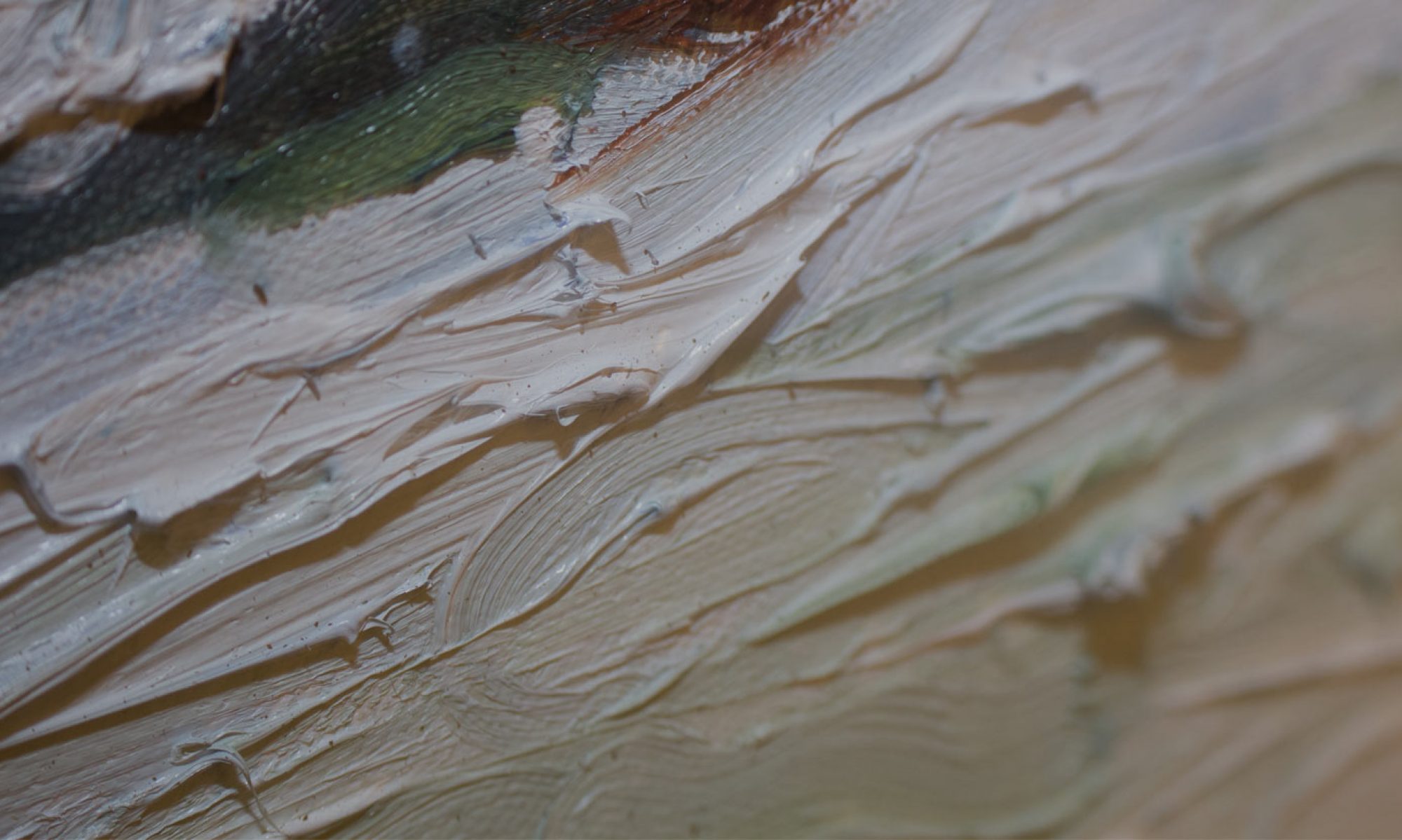We invited artist jeandrawstrings back to try out a new and improved robo painter powered by a 4 axis robotic arm. This video demonstrates the arm’s built in record and play functionality using its native firmware (a fork of Grbl) and the stock record and play functionality. Compared to our first robot (which ran on our spartan homemade firmware), it’s much quieter, sports analog feedback technology, and cosmetic enhancements.
Here is the result. As always, try to guess who or what painted which (should be fairly obvious):

As you may have noticed, the new analog motion capture method of teaching the robot has some issues with accuracy (although repeatability is fairly precise) that we plan to fix with by replacing the stock software. Most likely the capture portion isn’t sampling the artist’s motions with enough resolution and there was also some motor skipping.
Later we used the copy mode to help duplicate an eyeball:

Using this off the shelf arm allows us to focus on the more practical applications of using a robotic arm as part of a whole system to help artists create like they’ve never been able to before. On our first robo painter we spent a considerable portion of the time just driving the motors and ensuring accurate smooth movement along with solving complicated kinematics equations and motion planning. Now we can focus on how such a device can actually help artists do more. To follow along please subscribe to our blog at the bottom of this page!
